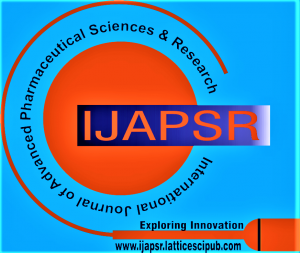Review of a Few Selected Examples of Intermolecular Dioxygenases Involving Molecular Oxygen and Non-Heme Iron Proteins
Nasser Thallaj
Prof. Dr. Nasser Thallaj, Professor, Department of Pharmaceutical Chemistry and Drug Quality Control, Faculty of Pharmacy, Al-Rachid Privet University, Damascus, Syria.
Manuscript received on 02 February 2023 | Revised Manuscript received on 12 February 2023 | Manuscript Accepted on 15 February 2023 | Manuscript published on 28 February 2023 | PP: 1-18 | Volume-3 Issue-2, February 2023 | Retrieval Number: 100.1/ijapsr.C4011043323 | DOI: 10.54105/ijapsr.C4011.023223
Open Access | Editorial and Publishing Policies | Cite | Mendeley | Indexing and Abstracting
© The Authors. Published by Lattice Science Publication (LSP). This is an open access article under the CC-BY-NC-ND license (http://creativecommons.org/licenses/by-nc-nd/4.0/)
Abstract: Molecular oxygen and non-heme iron proteins (NHIPs) are proteins that have an iron atom bound to one or more oxygen atoms, and are found in bacteria, archaea, and some eukaryotes. NHIPs are involved in a variety of biological processes, such as respiration, electron transfer, and catalysis. They can be categorized into two classes: cytochrome proteins, which are involved in electron transfer, and oxygenases, which catalyze the oxidation of substrates by utilizing molecular oxygen. NHIPs are critical for multiple biological processes, and their impairment has been associated with diseases such as anemia, cancer, and neurological disorders.
Keywords: Molecular Oxygen and Non-Heme Iron Proteins, Non-Heme Iron-Containing Proteins, Oxygen-Binding Proteins, O2-Dependent Proteins, Non-Heme Iron Active Sites, Oxygen- Binding Enzymes, Molecular Oxygen Binding Proteins.
Scope of the Article: Medicinal Chemistry
